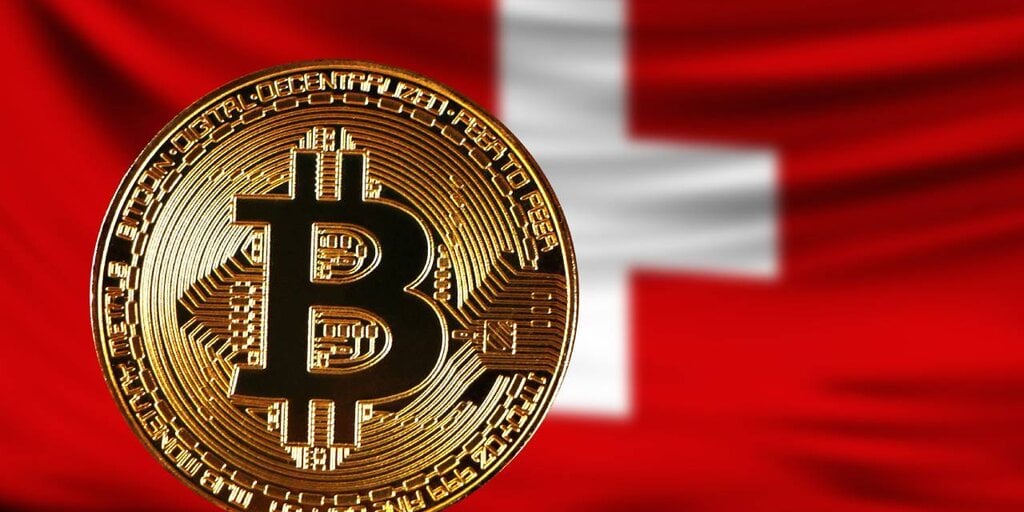Swiss National Bank Announces Interest Rate Cut
The Swiss National Bank (SNB) made a significant announcement on Thursday by implementing a twenty-five basis point reduction in its benchmark interest rate. This decision is in stark contrast to the prevailing global trend where central banks have been steadfast in maintaining higher interest rates. The potential ripple effects of this move could prove to be advantageous for crypto markets, which have traditionally mirrored the shifts in global macroeconomic policies.
Explaining the rationale behind this unprecedented decision, the central bank highlighted the persistent trend of inflation falling below the 2% mark, a threshold synonymous with price stability according to the SNB. The recent inflation figures for February revealed a rate of only 1.2%, prompting the central bank to forecast an average inflation rate of 1.4% for 2024 and 1.2% for the following year.
With this adjustment, the SNB’s new policy rate stands at 1.5%, marking a decrease from the 1.75% rate that had been maintained since June of the previous year. Prior to this, the bank had elevated rates consistently for a whole year starting from -0.75%, a level it had sustained since January 2015.
Economists’ Expectations Upended
Leading economists, surveyed by Reuters, had initially anticipated that the central bank would keep interest rates at their current levels for several more months. However, the unexpected maneuver triggered a decline in Swiss government bond yields and caused the Swiss Franc to weaken against both the Euro and the U.S. dollar.
In contrast, the U.S. Federal Reserve recently opted to maintain its target range at 5.25% to 5.50%, while the European Central Bank (ECB) is poised to retain its 4.5% rate in the upcoming month. Despite lingering inflation rates exceeding 2% in their respective domains, both central banks are projected to commence rate reductions at some point this year, potentially as early as June.
Implications for Bitcoin
Bitcoin’s price trajectory has been intertwined with global economic policies, notably taking a hit in November 2021 when the Federal Reserve signaled an intent to raise interest rates to combat inflation. Subsequently, a wave of industry bankruptcies ensued in 2022 as the central bank embarked on an intense tightening cycle.
However, Bitcoin witnessed a remarkable surge from $3,500 to $64,000 in just over a year after the Federal Reserve slashed its benchmark rate to 0.25% in March 2020. Some analysts argue that current Bitcoin price dynamics are shaped by broader macroeconomic factors, such as U.S. banking developments, spot ETF approvals, and global liquidity strains.
Highlighting the evolving narrative, Reflexivity Research co-founder Will Clemente emphasized the pivot towards tracking treasury movements as a critical factor in the present fiscal landscape. In the wake of Wednesday’s Federal Open Markets Committee (FOMC) meeting, Bitcoin’s price surged to $67,000, underscoring the ongoing interplay between economic policies and cryptocurrency valuations.
Image/Photo credit: source url





